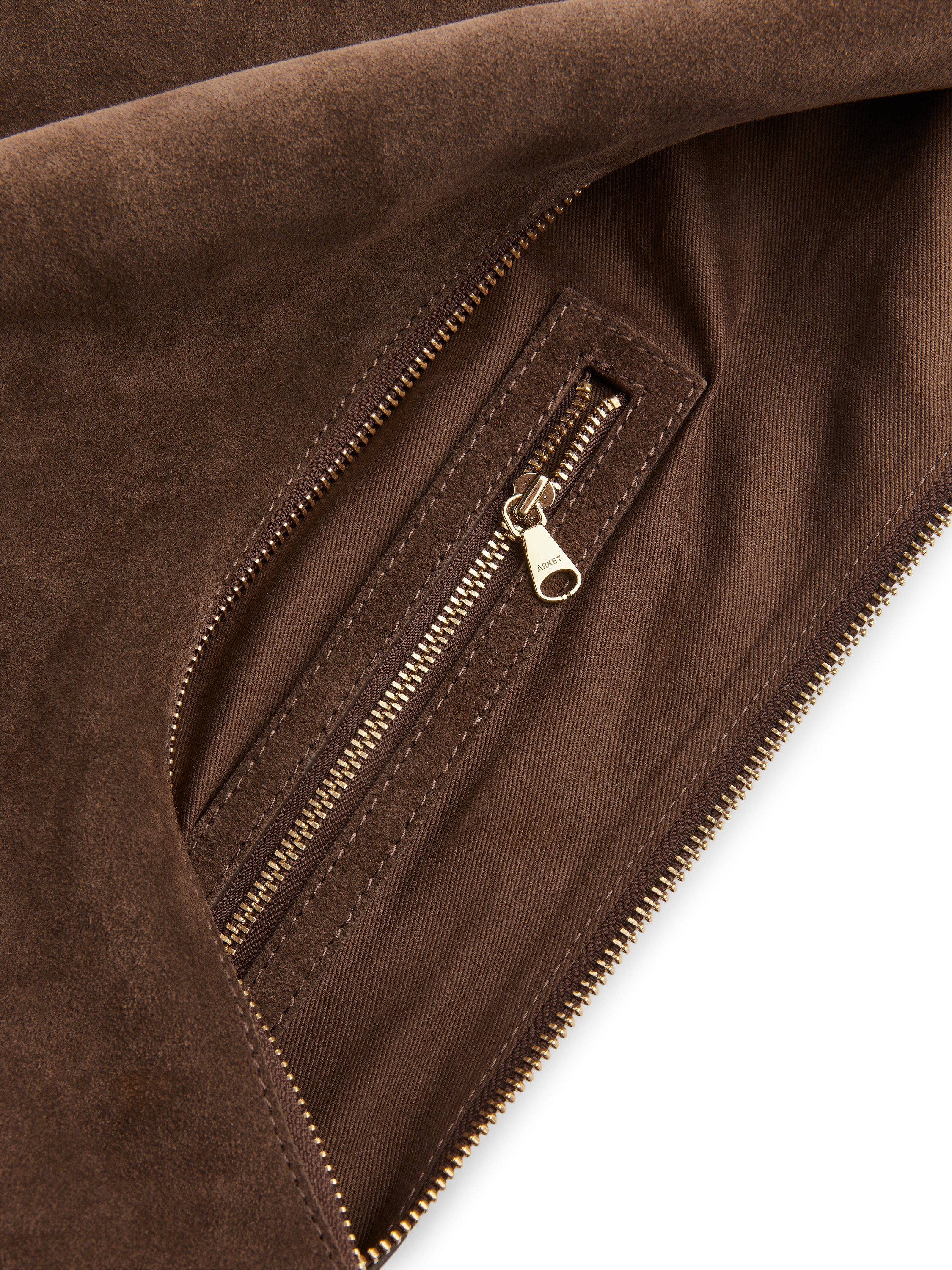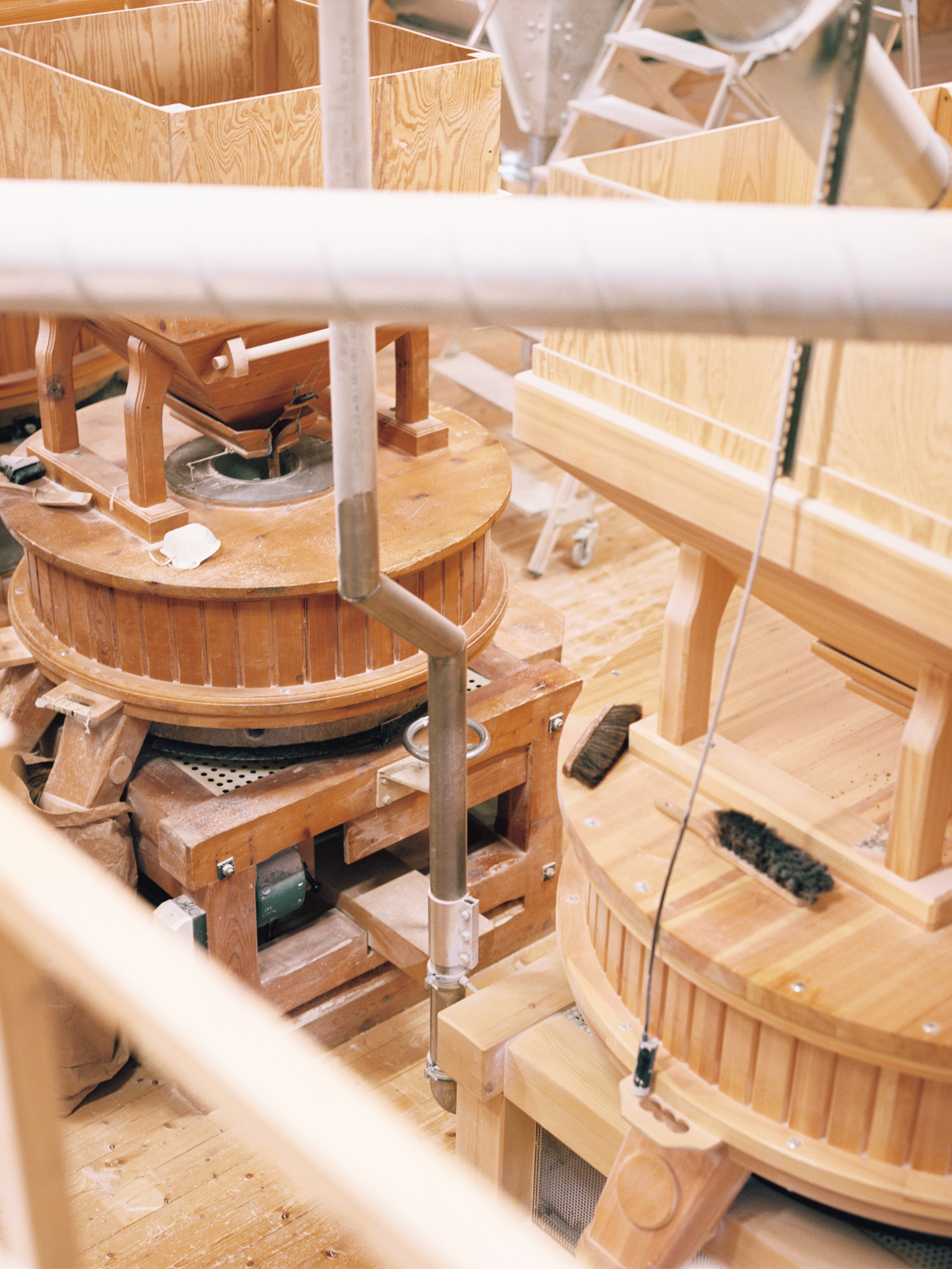Knowledge The striped sailor’s jumper was picked up by artists and fashion designers in 1920s France, and the nautical style was an important inspiration for the modernisation of womenswear.
Known as ‘la marinière’ (the sailor), ‘tricot rayé’ (striped knit) or simply ‘chandail’ (jumper), the striped knitted sailor’s jumper became the official undershirt of the French navy in the spring of 1858. An official bulletin specified the exact number and width of the stripes that was to be used in the design: 21 white stripes and 20 or 21 indigo-blue stripes, with white stripes twice as wide, 20 millimetres, as the blue.
Variations of striped clothing had been worn by seamen in Western Europe since the 1600s and the sailor’s jumper originated as a fisherman’s garment, famously worn by onion and garlic merchants on the English Channel and on the Brittany peninsula. Tightly knitted from unwashed sheep’s wool, it provided protection from wind and water on the seas, and, made with a seamless tube construction, it was gentle and comfortable against the skin. The contrasting stripes made it easier to spot a man overboard.
In the 1910s and 1920s, traditional workwear was copied and adopted by artists and intellectuals, and by fashion design. The sailor’s jumper became a trend in the bohemian communities of Saint-Tropez and Antibes on the French Riviera, and together with soft jersey knits and a more androgynous silhouette, the ‘nautical style’ was an important inspiration for the modernisation of womenswear.



